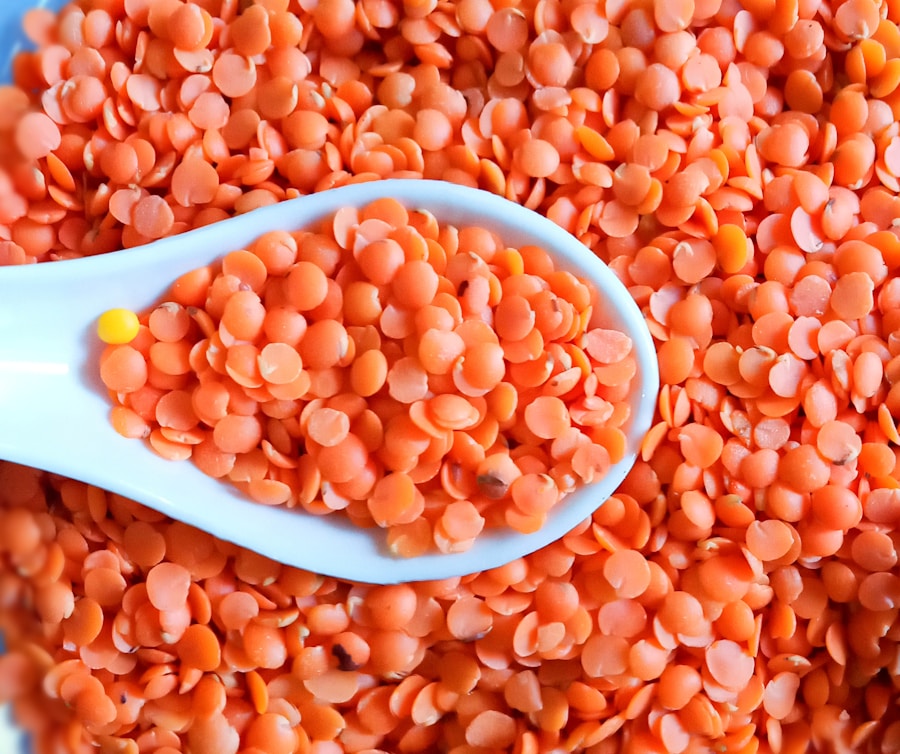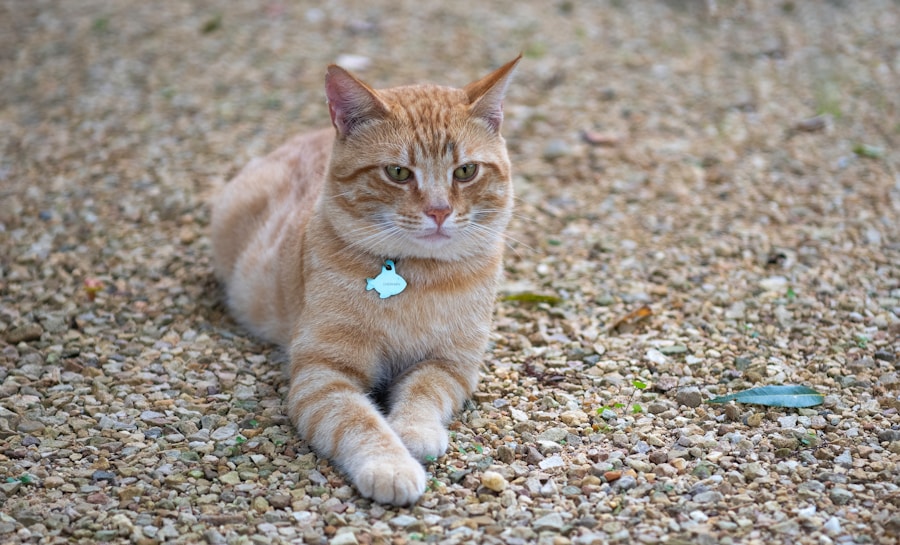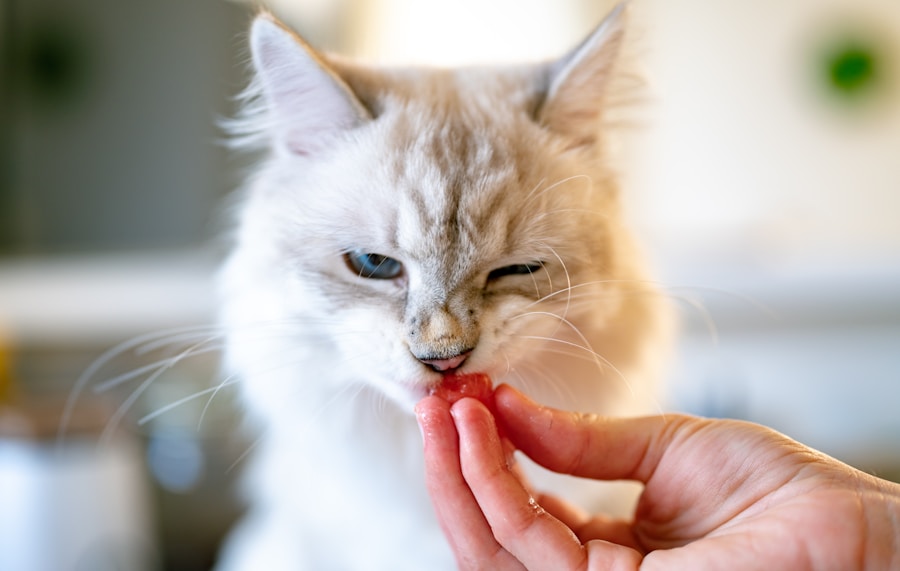Cats are obligate carnivores, which means that they require a diet that is high in animal-based proteins in order to thrive. Unlike omnivores, such as dogs and humans, cats have specific nutritional requirements that can only be met through the consumption of animal tissue. This is because cats have evolved to rely on a diet that is rich in meat in order to obtain essential nutrients such as taurine, arachidonic acid, and vitamin In addition to protein, cats also require a balance of fats, vitamins, and minerals in their diet in order to maintain optimal health. Understanding your cat’s nutritional needs is crucial in order to provide them with a diet that will support their overall well-being.
In addition to their unique dietary requirements, cats also have specific feeding behaviors that should be taken into consideration when planning their meals. Cats are natural hunters and prefer to eat small, frequent meals throughout the day. This means that their diet should be easily digestible and provide them with the energy they need to stay active and healthy. By understanding your cat’s nutritional needs and feeding behaviors, you can ensure that they are receiving a diet that is tailored to their specific requirements.
Types of Cat Food: Dry, Wet, and Raw
When it comes to choosing the right type of cat food for your feline friend, there are several options to consider. The most common types of cat food include dry, wet, and raw. Each type of food has its own set of benefits and drawbacks, so it’s important to carefully consider your cat’s individual needs before making a decision.
Dry cat food, also known as kibble, is a convenient option for many cat owners. It has a long shelf life and can be left out for free-feeding, making it a good choice for busy pet parents. However, dry cat food tends to be higher in carbohydrates and lower in moisture, which may not be ideal for cats who require a diet that is high in protein and moisture. Wet cat food, on the other hand, is higher in moisture and protein, making it a more natural option for cats. It also tends to be more palatable for picky eaters and can help to keep your cat hydrated. Raw cat food is another option that has gained popularity in recent years. This type of food is made from raw meat, bones, and organs, and is designed to mimic the natural diet of wild cats. While raw cat food can provide many benefits, such as improved digestion and dental health, it also requires careful handling to prevent the risk of bacterial contamination.
Reading Cat Food Labels: What to Look For and What to Avoid
When it comes to choosing the right cat food for your furry friend, reading the labels is crucial in order to make an informed decision. Cat food labels provide important information about the ingredients, nutritional content, and feeding guidelines of the product. By understanding how to read cat food labels, you can ensure that you are providing your cat with a diet that meets their specific nutritional needs.
When reading cat food labels, it’s important to look for high-quality animal-based proteins as the first ingredient. This could include ingredients such as chicken, turkey, or fish. It’s also important to avoid foods that contain fillers such as corn, wheat, or soy, as these ingredients provide little nutritional value and can be difficult for cats to digest. In addition to the ingredients list, it’s also important to pay attention to the guaranteed analysis on the label. This will provide information about the levels of protein, fat, fiber, and moisture in the food, which can help you determine if it meets your cat’s nutritional requirements.
Special Dietary Considerations for Cats with Health Issues
Just like humans, cats can develop a variety of health issues that may require special dietary considerations. Whether your cat has allergies, kidney disease, diabetes, or other health concerns, it’s important to work with your veterinarian to develop a diet that will support their overall health and well-being. For example, cats with kidney disease may require a diet that is low in phosphorus and high in moisture in order to support their kidney function. Cats with diabetes may benefit from a diet that is low in carbohydrates and high in protein in order to help regulate their blood sugar levels.
In addition to specific health concerns, older cats may also require a diet that is tailored to their changing nutritional needs. As cats age, they may become less active and their metabolism may slow down, which can lead to weight gain or other health issues. By working with your veterinarian to develop a diet that is appropriate for your cat’s age and health status, you can help them live a longer, healthier life.
Choosing the Right Brand of Cat Food
With so many options available on the market, choosing the right brand of cat food can be overwhelming. When it comes to selecting a brand of cat food for your furry friend, it’s important to consider factors such as the quality of ingredients, manufacturing processes, and company reputation. Look for brands that use high-quality animal-based proteins as the first ingredient and avoid fillers such as corn, wheat, or soy. It’s also important to choose a brand that has a good track record for safety and quality control.
In addition to the ingredients and manufacturing processes, it’s also important to consider the company’s reputation and commitment to animal welfare. Look for brands that are transparent about their sourcing and manufacturing practices and have a strong commitment to producing high-quality, nutritious food for cats. By choosing a reputable brand of cat food, you can feel confident that you are providing your cat with a diet that meets their specific nutritional needs.
Transitioning to a New Cat Food
If you decide to switch your cat’s food to a new brand or type, it’s important to do so gradually in order to prevent digestive upset. Sudden changes in diet can lead to gastrointestinal issues such as vomiting or diarrhea, so it’s best to transition your cat slowly over the course of 7-10 days. Start by mixing a small amount of the new food with their current food and gradually increase the proportion of new food while decreasing the old food. This will give your cat’s digestive system time to adjust to the new diet and reduce the risk of digestive upset.
During the transition period, it’s important to monitor your cat for any signs of digestive upset or changes in appetite. If you notice any concerning symptoms, such as vomiting or diarrhea, it’s best to slow down the transition process or consult with your veterinarian for guidance. By taking a gradual approach to transitioning your cat’s food, you can help them adjust to their new diet without causing unnecessary stress on their digestive system.
Tips for Feeding Your Cat a Balanced Diet
In addition to choosing the right type and brand of cat food for your furry friend, there are several tips for feeding your cat a balanced diet. First and foremost, it’s important to provide your cat with a diet that is high in animal-based proteins in order to meet their unique nutritional needs as obligate carnivores. Look for foods that contain high-quality sources of protein such as chicken, turkey, or fish.
It’s also important to provide your cat with a diet that is balanced in terms of fats, vitamins, and minerals in order to support their overall health and well-being. This may include incorporating supplements such as omega-3 fatty acids or probiotics into their diet in order to support their immune system and digestive health.
In addition to providing a balanced diet, it’s also important to monitor your cat’s weight and adjust their portion sizes as needed in order to prevent obesity or other weight-related health issues. By working with your veterinarian to develop a feeding plan that meets your cat’s individual needs, you can help them maintain a healthy weight and live a longer, healthier life.
In conclusion, understanding your cat’s nutritional needs and feeding behaviors is crucial in order to provide them with a diet that supports their overall health and well-being. By carefully considering factors such as the type of food, ingredients, and brand reputation, you can ensure that you are providing your cat with a diet that meets their specific nutritional requirements. Whether your cat has special dietary considerations due to health issues or age-related changes, working with your veterinarian to develop a feeding plan that is tailored to their individual needs can help them live a longer, healthier life. By following these tips for feeding your cat a balanced diet, you can provide them with the nutrition they need to thrive and enjoy a happy, healthy life by your side.





